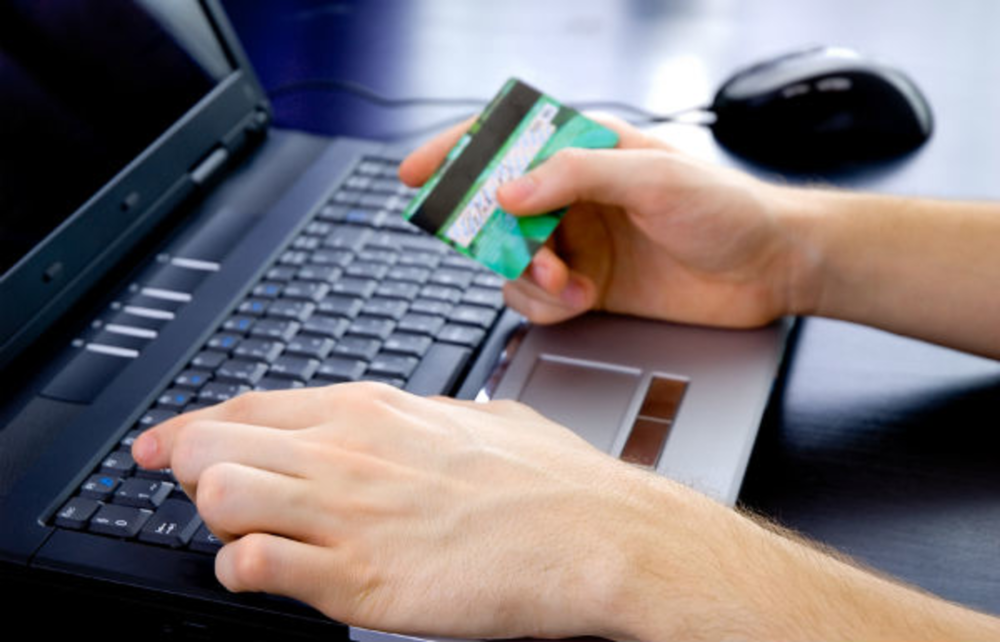It’s not right to judge a book by its cover. However, it’s certainly justifiable for online retailers to judge shoppers on their first visit to their respective website.
That’s according to new research from Optimove, which shows that 62% of customers will never make a second order from the site and only 16% of customers will ever make more than three orders. Because of this, the research says, it’s imperative for e-tailers to understand how consumers behave on their first transaction and that marketers do everything in their power to increase the chances of converting them to repeat customers.
The research shows that one major factor in determining whether a first-time customer is likely to become a repeat shopper is the number of items purchased during the first order. The more items purchased in that first order, the more likely the shopper is to eventually place a second order.
Optimove examined more than one million transactions of online shoppers over a two-year period across varied categories, and the research from that determined that while half of shoppers buy one item during their first order, shoppers who purchase two or three items are 36% more likely to place a second order than those who bought just one item in their first orders.
The more items in the first order also increases the likelihood of the customer becoming a “VIP Top Shopper,” according to the research. Such is defined by Optimove as being among the top 10% of all customers in terms of overall purchases.
In addition, shoppers who purchase more items during their first orders are more likely to come back and place more orders. Research shows that customers who bought two items in their first orders will have 1.07X additional purchase days compared to folks who purchased just one item in their initial orders.
How to increase items in first order
Some of the more effective strategies the research found include:
- Make personalized recommendations. Before a shopper checks out, show her other recommended items that may be of interest. By mining customer data, online retailers should be able to decipher which other items are most often bought by shoppers who are about to buy a particular item.
- Offer “impulse items.” In the same way grocery stores offer candy at the checkout line, e-tailers can try suggesting inexpensive but popular impulse items when customers hit the checkout process.
- Offer discounts and promotions for additional items. E-tailers should consider offering something along the lines of free shipping or a steep discount on additional items.
- Encourage social sharing. Increase the number of items and utilize word-of-mouth marketing by encouraging shoppers to share their purchase via Facebook, Twitter, or other social channels and offering discounts on additional items when they do.
- Gamify the purchasing experience. E-tailers should try using gaming mechanics—such as a punch card—where the more items a shopper purchases, the more free items or bonuses he’ll receive or the higher discount she’ll get on the next order.






